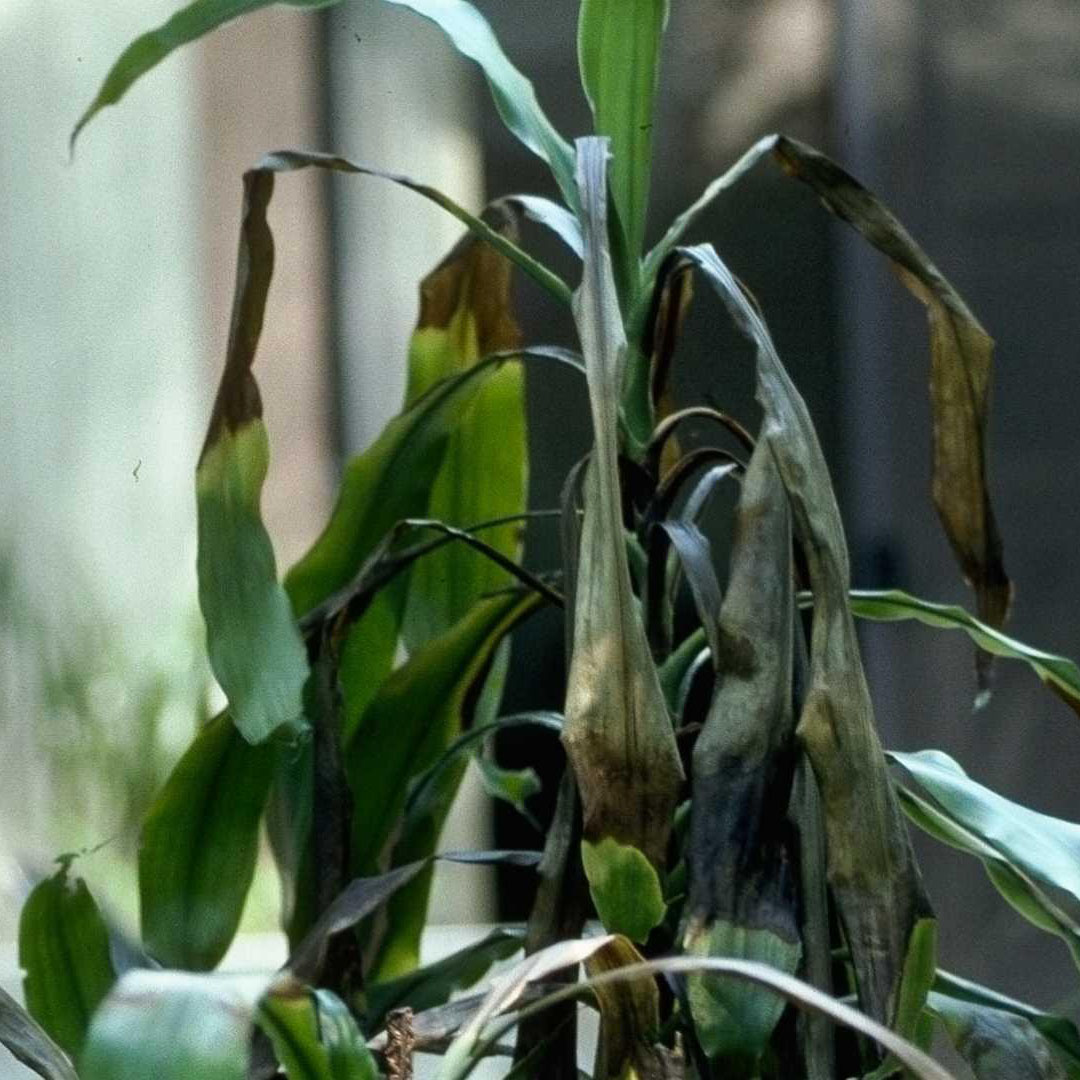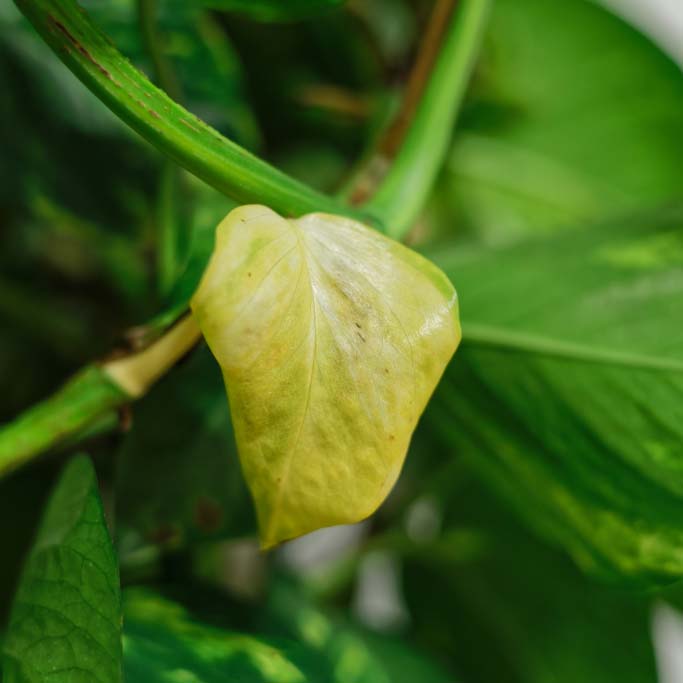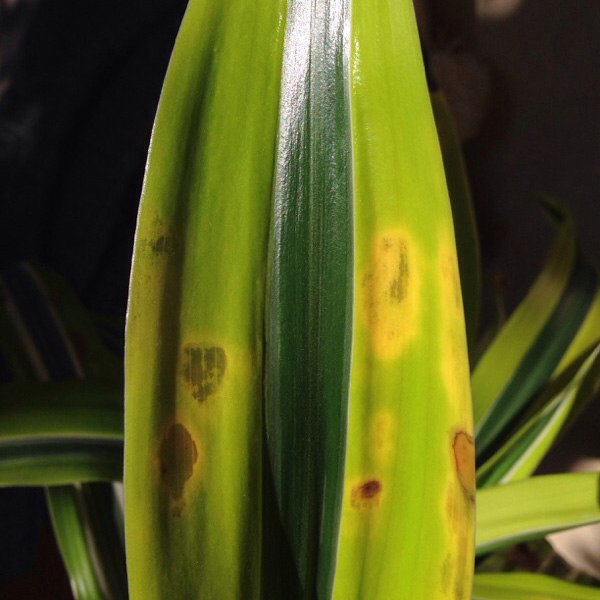Whether you’re a seasoned plant parent or just starting out, keeping your indoor plants healthy and thriving can be challenging. Lucky for us, Joe Zazzera, founder and co-owner of Plant Solutions in Scottsdale Arizona, recently shared his expert advice on the Home Design Chat with Nancy podcast.
Listen to the podcast episode here:
Joe Zazzera’s 43 years of plant care experience is the foundation of Plant Solutions, which now employs over 24 trained horticulturalists that keep over 800 plant maintenance accounts across Arizona, happy and thriving.Let’s dive into some of the tips and tricks he shared to help you achieve happy indoor plants that will brighten up your daily life.
How do extreme temperatures affect your plants?
“Your classic tropical plants are like people. They like to have the sort of temperature range where they’re comfortable.”
Do you adjust the air temperatures in your home or office when you aren’t there? Joe shares his wisdom on the significant challenges extreme heat or cold fluctuations will cause for your indoor leafy friends. He explained that tropical plants, much like people, prefer to be in comfortable conditions. If these plants are situated in a space that is not occupied full-time, such as an office or second home, fluctuations in air temperature when the room isn’t occupied can negatively affect them. Higher temperatures can cause your plants to tend to dry up quicker and cause them to be stressed. So, if you’re planning to leave your space unoccupied for a while, it’s crucial to remember to consider your green companions and try to maintain a consistent environment! It’s easy; if you would be comfortable and happy in the space, so will your plants.
How do you know if you have the right amount of light?
Joe recommends indirect or filtered light as the optimal choice for most indoor plants. The proximity of your plants to windows can significantly affect their health, with closer generally being better. A simple way to gauge if there’s enough light is to check if you could comfortably read a book in that space — if you can, it’s likely a good spot for your tropical plants. However, he also cautioned listeners to be mindful of the temperature near windows, especially during hot weather, as plants placed too close to a window can overheat and become stressed. This balance between adequate light and comfortable temperature is key to thriving indoor plants.
“Understanding the nuance of lighting is crucial for keeping indoor greenery flourishing.”
What are the best plants for easy care?
“What are the conditions of your environment, and what do we need to prepare for in selecting your plants?”
Not all spaces we want to liven up with nature are optimal for plants to thrive. Joe explains this is a common obstacle for many of Plant Solutions’ clients. As plant consultants, part of our role involves discussing with clients the specific environment where we’ll be installing plants. Factors like closing your curtains during the day, causing periods of no or low light, and changes in the room’s climate are vital considerations. Planning for these environmental factors is where expert plant selection becomes necessary. Our goal is to select plants that will not only survive but flourish in their given conditions, even when those situations are less than ideal for a limited period of time. Joe suggests species such as the ZZ plant (Zamioculcas Zamiifolia), the snake plant (Sansevieria), and the Chinese evergreen (Aglaonema) which are all very resilient. They can survive for more extended periods of time in low-light environments and will forgive you as you learn how to understand their needs while on your plant parent journey.
Are Yellow Leaves a sign that your plant is unhappy?
“Plants are living things. They’re going to go through cycles just like people. They’re going to lose leaves just like you lose hair. But they grow back.”
Yellow leaves can be totally normal and part of the growing process of a plant, Zazzera explains. Like people lose hair, plants will lose leaves to stimulate growth. But there are several key signs to look out for to know when your plant is unhappy. For instance, spotting on the leaves could indicate disease or pest infestation; while drooping or laying down leaves might signal overwatering or underwatering. Additionally, curling leaves could mean the plant is getting too much light or needing more humidity. Understanding these signs is vital for maintaining happy, healthy plants in your home or office. It’s all about observing and responding to the subtle language of plants, ensuring they get the right amount of light, water and care.
What is the most common plant killer?
“Roots need to go looking for water. If the root system is always sitting in moisture. The roots don’t have to do anything. However, if you let a plant go dry, the roots wake up and go — Hey, wait, we’re thirsty! We must do something! So, they start searching for moisture. This is how the roots develop.”
Root rot is the prime suspect! He emphasizes the importance of root development for plant health, explaining that roots need to actively seek water for optimal growth. If the “plant feet” or roots are left sitting in water, they become idle, causing organic material in the soil to rot and the plant to get sick. However, if the soil dries out, the roots will go hunting for water, stimulating growth in the plant. Therefore, if your plant isn’t growing, it could be because it’s staying too wet. In essence, too much love, in the form of water, is often the most common killer of plants. It’s a gentle reminder that sometimes less is more when caring for our green companions.
Make sure you listen to Nancy Hugo’s podcast episode “Have Happy House Plants with Help from a Pro”:
You’ll get further insights and essential advice, like the best way to water a plant, the best plant for a plant wall, and understanding how growers acclimate plants to be ready for the indoors. Remember, indoor plants are living beings that crave attention, care, and love – so give them exactly that!




